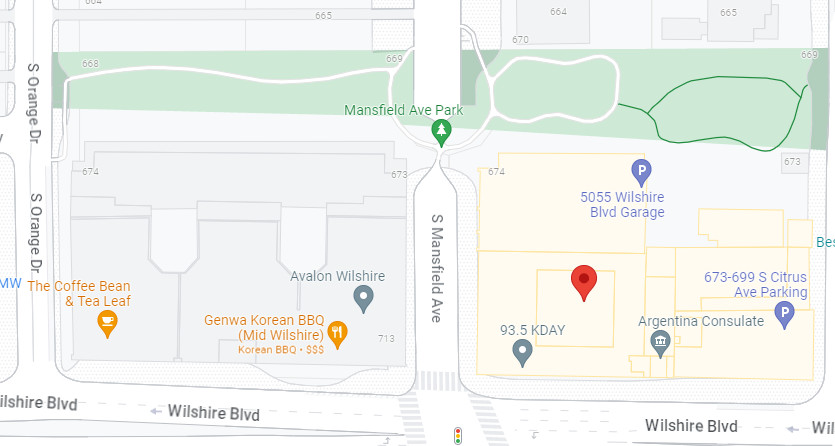How Coordination of Benefits Works

When you have other medical coverage in addition to the DGA-Producer Health Plan, the Health Plan’s coordination of benefits rules establish which of your plans should pay your claims first, or is your primary plan. This process is important not only for dividing responsibility for payment of your claims but also in determining the order in which your claims should be submitted. For example, after your primary plan processes your claim, the claim should go to your secondary plan, then your tertiary plan, etc.
Each year you have Health Plan coverage, you are required to complete a Coordination of Benefits form, notifying the Health Plan of any additional coverage, even if the information has not changed since the prior year. Outdated coordination of benefits information will result in denial of your claims until an updated form is received. For more information on the COB form, read Coordination of Benefits Form is Required When You are Covered by the Health Plan.
The following sections provide important information on how to apply the coordination of benefits rules to establish which of your plans is primary and, once the COB order is established, how your claims should be submitted.
The types of plans with which benefits are coordinated
The Health Plan coordinates benefits with the following types of plans:
- Group insurance coverage;
- Private (individual, non-group) insurance coverage;
- Government-provided programs (e.g., Medicare);
- Coverage provided by statute;
- Employer-sponsored coverage; and
- Any coverage under labor-management trusteed plans.
How to determine your primary plan
Your primary plan is the plan that should process your claims first. The first of the following rules that applies to your specific situation determines which plan is primary, secondary, tertiary, etc.:
- The plan without a coordination of benefits provision is always primary.
- The plan covering you as a participant is primary to the plan covering you as a dependent, with one exception. When you are covered as a dependent by a working spouse, have inactive coverage (not based on current compensation) and are covered by Medicare, your spouse’s plan is primary, Medicare is secondary, and your inactive plan is tertiary.
- The plan covering you as an active employee is primary to any plan covering you as an inactive, self-pay or retired employee.
- If you have the same type of coverage with more than one plan, the plan with the longest continuous eligibility* as a participant is your primary plan and pays benefits first. If you have the same effective date in both plans, each plan is responsible for 50% of the allowable covered charges.
*If you are eligible for group health benefits and are required to pay a premium but decline to pay the premium, and then at a later date begin to pay the premium, the period during which the premium was unpaid does not constitute a break in eligibility for the purpose of determining the plan that you have with the longest continuous eligibility.
This process is important not only for dividing responsibility for payment of your claims but also in determining the order in which your claims should be submitted.
Coordination of Benefits with Other Entertainment Industry Health Plans
If you or your dependents are eligible for earned active primary coverage with another entertainment industry health plan that requires a premium and you or your dependent fails to pay or declines to pay the premium in that plan, the Health Plan will maintain its secondary position. This means that for hospital and major medical benefits, the Health Plan will calculate the benefit payable at 20% of the allowable charge, subject to deductibles and co-payments, if any.
How to submit your claims for coordinating benefits
If you use a network provider, your network doctor, hospital or other provider will submit your claim on your behalf. They will automatically accept assignment of benefits and bill directly to Anthem Blue Cross (for claims incurred in CA) or the appropriate Blue Cross Blue Shield office (for claims incurred outside of CA). Your claims will be coordinated automatically with all your coverage plans. All you have to do is pay the appropriate co-insurance and deductible, if applicable, which will be billed to you from your network provider once coordination of the benefits is completed.
However, if you use a non-network provider, take the following steps to ensure your claims are coordinated properly:
If you are covered by another insurance plan and that plan is your primary plan:
- File your claim with that plan first.
Once the primary plan has processed your claim, send a copy of the itemized bill and the Explanation of Benefits to Anthem Blue Cross. Visit www.dgaplans.org/filing-a-claim for more information on steps to take to file a claim.
The Health Plan will process your claim by first determining how much it would have paid had there been no other group coverage. Next, the Health Plan will use the Explanation of Benefits you submitted to determine what your primary plan paid and make a payment for the difference, if any, between the greater of the allowable amount and the amount paid by the primary plan—not to exceed the amount the Health Plan would have paid if it had been the primary plan.
If you are covered by another insurance plan and that plan is your secondary plan:
File your claim with Anthem Blue Cross first.
The Health Plan will process your claim with no consideration of what the secondary plan may or may not pay.
- Send a copy of the itemized bill and EOB to your secondary plan.
Refer to the March 2015 Health Plan Summary Plan Description and its updates for more information on how coordination of benefits works, including coordination of benefits for dependent children at www.dgaplans.org/Health-Plan-Booklet.pdf. If you have additional questions, contact Participant Services at (323) 866-2200, Ext. 401.


